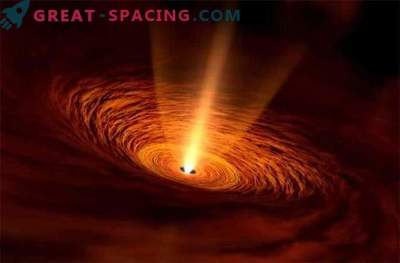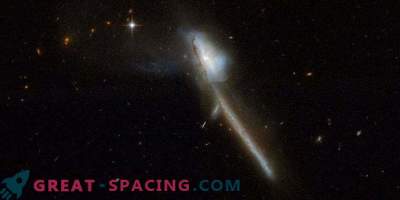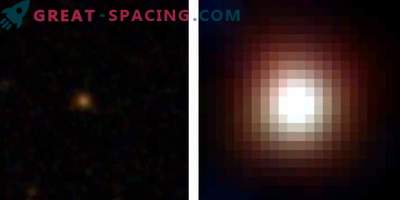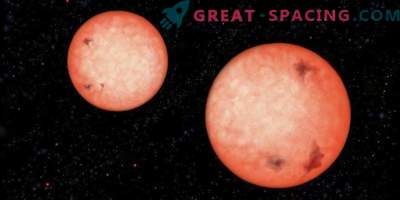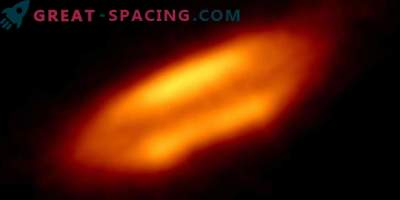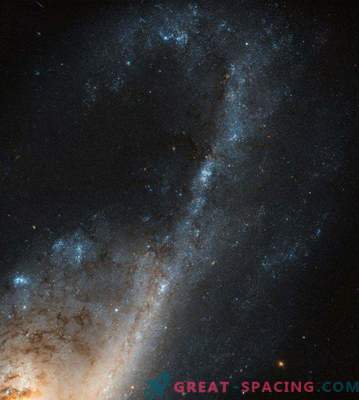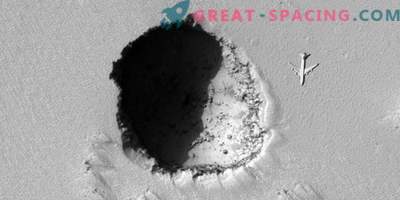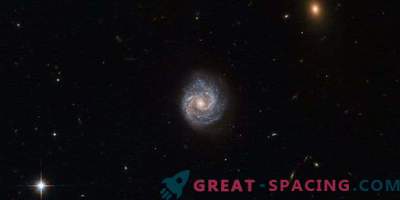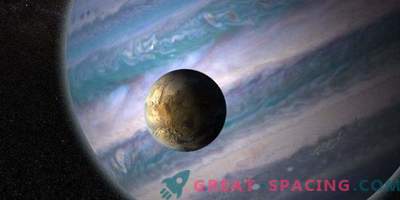
The massive protostar is surrounded by a dust and gas disc. Outflow activated from external disk surface
Stars appear from spatial gas and dust. But scientists do not yet know the exact mechanism for creating massive stars. An important point - the rotation of the gas. At the very beginning, the cloud makes slow turns, but then it accelerates and decreases the volume due to its own gravity. Such stars should have a fast rotation, but this does not happen.
How then does the target speed dissipate? Perhaps the gas comes from children's stars. If the gas outflow rotates, it is able to transfer this impulse from the system. The researchers tried to find the moments of outflow turnover in order to calculate the probability and understand the mechanism itself.
Recently, scientists together with Tomoy Hiroto noticed a massive child star Orion KL Source I. She lives in the Orion Nebula and is 1400 light-years away. Due to relative proximity, ALMA was able to detect outflow.
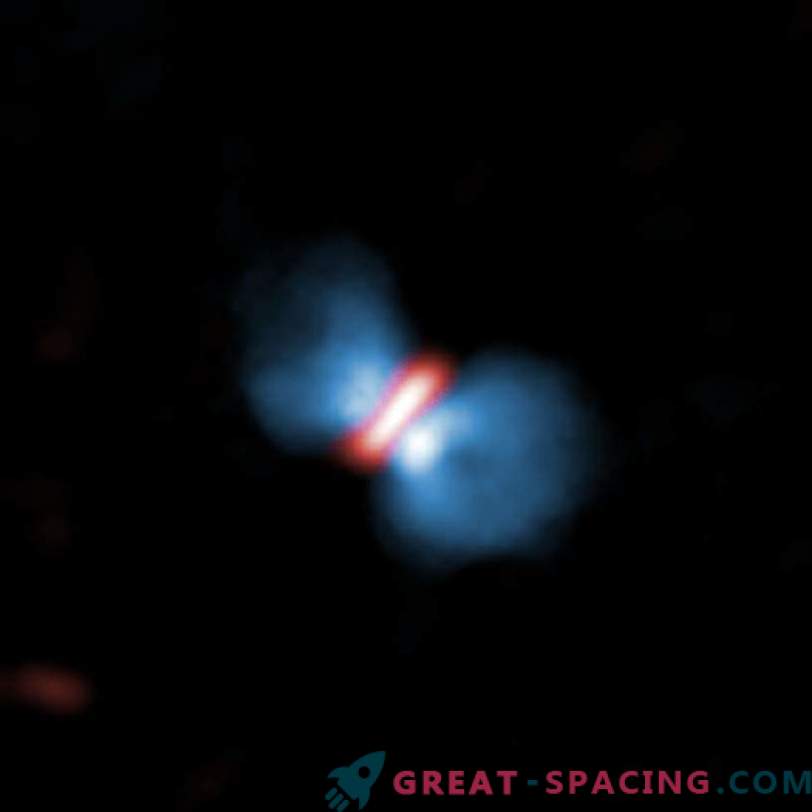
The massive protostar is located in the center and is surrounded by a gas disk (red). Bipolar gas emission is also noticeable (blue)
In the new observations see the turn of the outflow. It makes turns in the same direction, as a gas disk. This reinforces the idea that the outflow strongly influences the dissipation of rotational energy.
In addition, ALMA clearly demonstrates that the outflow is not activated by the star itself, but by the outer edge of its disk. This corresponds to the “model of a magnetocentrifuge disk”, where gas from a rotating disk breaks out due to centrifugal force, and then moves along a magnetic field.
All these discoveries have become real thanks to research by submillimeter waves, which manage to catch even the rotation process itself. To delve into the situation, the team plans to monitor similar mechanisms on other massive stars.

Color displays a pattern of gas movement. Red - away from us, blue - approaching
